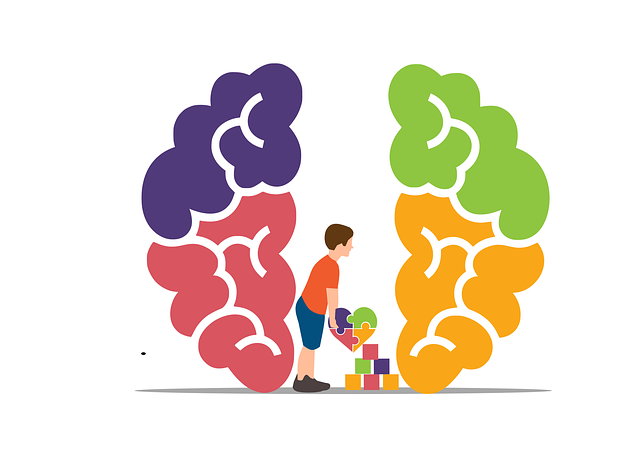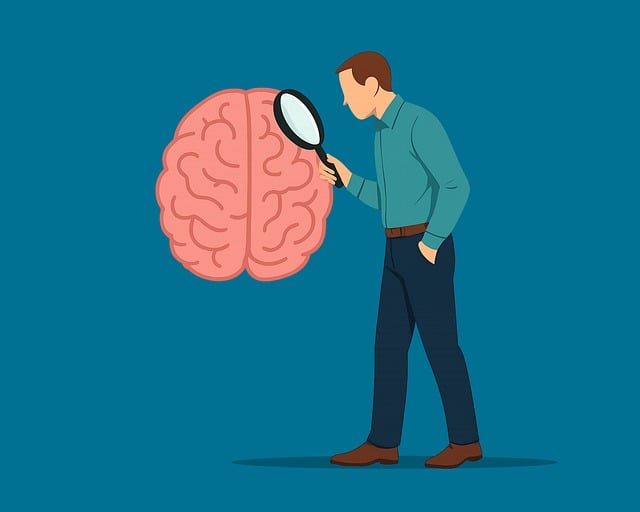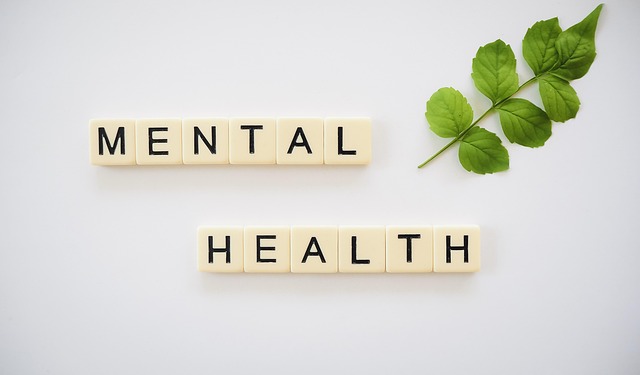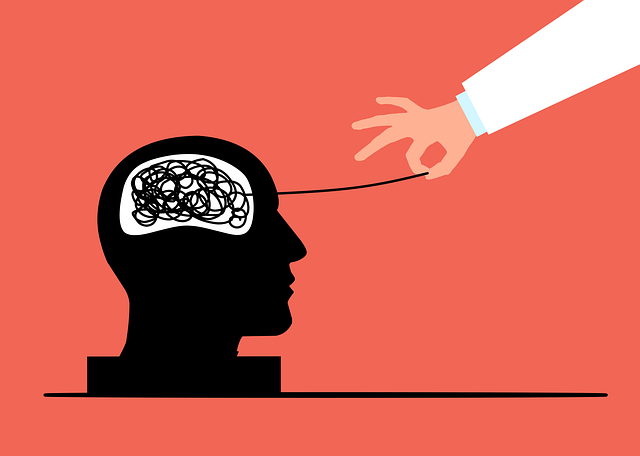Therapy for trauma is crucial for emotional healing, addressing impaired mood regulation that can stem from unprocessed traumatic events. Techniques like Cognitive Behavioral Therapy (CBT), Eye Movement Desensitization and Reprocessing (EMDR), mindfulness, and creative arts therapy help individuals identify and challenge negative thought patterns. Effective interventions require risk assessment, cultural sensitivity, and building a robust support network for holistic recovery. CBT techniques, integrated into personalized treatment plans, enhance resilience and overall well-being, while mindfulness practices foster emotional balance and reduce impulsive reactions to stress. Creative outlets offer safe spaces to process complex emotions, promoting mental wellness tailored to diverse backgrounds. Peer support groups and community initiatives reinforce social connections vital for positive thinking and trauma recovery.
Mood regulation strategies are essential tools for navigating life’s challenges, especially for those with a history of trauma. This comprehensive guide explores various effective approaches, from Cognitive Behavioral Therapy (CBT), known for its power in restructuring negative thought patterns, to mindfulness and meditation techniques that foster emotional balance. We also delve into creative outlets as therapeutic mood regulators and the vital role of building a supportive network in enhancing mental well-being, with a special focus on therapy for trauma.
- Understanding Mood Regulation and Its Link to Trauma
- Cognitive Behavioral Therapy (CBT): A Powerful Tool
- Mindfulness and Meditation Techniques for Emotional Balance
- Exploring Creative Outlets as therapeutic mood regulators
- Building a Supportive Network: Social Connections Matter
Understanding Mood Regulation and Its Link to Trauma

Understanding Mood Regulation and Its Link to Trauma
Mood regulation is a vital component of mental wellness, especially for individuals who have experienced trauma. Therapy for trauma plays a crucial role in addressing the complex emotional healing processes that often accompany traumatic events. When left unaddressed, these experiences can significantly impact an individual’s ability to manage their mood effectively, leading to prolonged periods of distress and impaired daily functioning. By delving into the mechanisms of mood regulation, mental health professionals gain valuable insights into helping clients navigate their emotional landscapes post-trauma.
Emotional healing processes are inherently linked to acknowledging and processing past traumas. Through specialized therapy techniques, such as cognitive behavioral therapy (CBT) or eye movement desensitization and reprocessing (EMDR), individuals can learn to identify and challenge negative thought patterns that may have developed as a result of trauma. This process, combined with mental wellness journaling exercise guidance, encourages self-reflection and promotes the development of healthier coping mechanisms. Additionally, risk assessment for mental health professionals is essential to ensure safe and effective interventions when working with traumatized individuals.
Cognitive Behavioral Therapy (CBT): A Powerful Tool

Cognitive Behavioral Therapy (CBT) has established itself as a powerful tool for managing and overcoming various mental health challenges, including therapy for trauma. This evidence-based approach focuses on identifying and changing negative thought patterns and behaviors that contribute to emotional distress. By fostering self-awareness exercises, CBT empowers individuals to develop coping skills that can effectively regulate mood.
Through CBT, clients learn to challenge distorted thinking, replace unhelpful beliefs with more realistic ones, and adopt healthier behavioral responses. This process not only helps in managing symptoms of trauma but also promotes overall resilience and well-being. By integrating self-awareness exercises and coping skills development into treatment plans, Trauma Support Services can offer comprehensive care tailored to each individual’s unique needs.
Mindfulness and Meditation Techniques for Emotional Balance

Mindfulness and meditation techniques are powerful tools for emotional balance and have gained significant attention in recent years, especially as a therapy for trauma. Mindfulness meditation encourages individuals to focus on the present moment, observing their thoughts and emotions without judgment. This practice helps cultivate awareness of one’s internal state, enabling better understanding and management of feelings. By fostering emotional regulation, mindfulness can be a game-changer for those seeking to navigate life’s challenges with resilience.
Regular mindfulness meditation practices have been linked to enhanced confidence boosting and improved mental well-being. These techniques allow individuals to detach from negative thought patterns and reduce impulsive reactions, leading to more thoughtful responses. Incorporating mindfulness into daily routines can help manage stress, anxiety, and depression, ultimately fostering a deeper connection with one’s emotions and promoting overall emotional regulation.
Exploring Creative Outlets as therapeutic mood regulators

Engaging in creative activities can be a powerful tool for individuals seeking to regulate their moods and promote mental wellness, especially those who have experienced trauma. Art therapy, music, dance, and writing are just a few examples of outlets that allow people to express themselves freely and process complex emotions. This form of therapy goes beyond words, providing an alternative means of communication and healing, particularly for those who might find it challenging to verbalize their experiences or feelings.
Creative expression offers a safe space to explore and manage intense emotions, fostering resilience building in the process. Through these activities, individuals can gain a sense of control over their mental health and well-being. Moreover, cultural sensitivity in mental healthcare practice plays a significant role when utilizing creative outlets as therapy for trauma, ensuring that the approach is tailored to each individual’s unique background and experiences.
Building a Supportive Network: Social Connections Matter

Building a robust support network is an integral part of effective mood regulation and recovery, especially for individuals who have experienced trauma. Social connections provide a sense of belonging and can offer invaluable emotional support. Having a circle of trusted friends or family members who understand one’s journey can make a significant difference in managing emotions and fostering resilience. These relationships allow individuals to express their feelings freely, seek comfort, and receive encouragement during challenging times.
In the context of trauma therapy, leveraging social connections becomes even more crucial. Therapy for trauma often involves processing difficult experiences and emotions. A supportive network can enhance healing by providing a safe space outside of therapy sessions. Peer support groups or community-based initiatives focused on mental health awareness and resilience building can be powerful resources. Additionally, healthcare provider cultural competency training ensures that professionals are equipped to guide individuals towards building strong social connections as part of their recovery journey, promoting positive thinking and overall well-being.
Mood regulation is a multifaceted process, especially for individuals who have experienced trauma. By understanding the link between mood and past traumas, one can explore effective strategies such as CBT, mindfulness practices, creative outlets, and building supportive networks. These approaches offer valuable tools to navigate and manage emotional states, promoting overall well-being and resilience. Incorporating these techniques into daily life can significantly enhance one’s ability to maintain emotional balance and seek therapy for trauma when needed.











